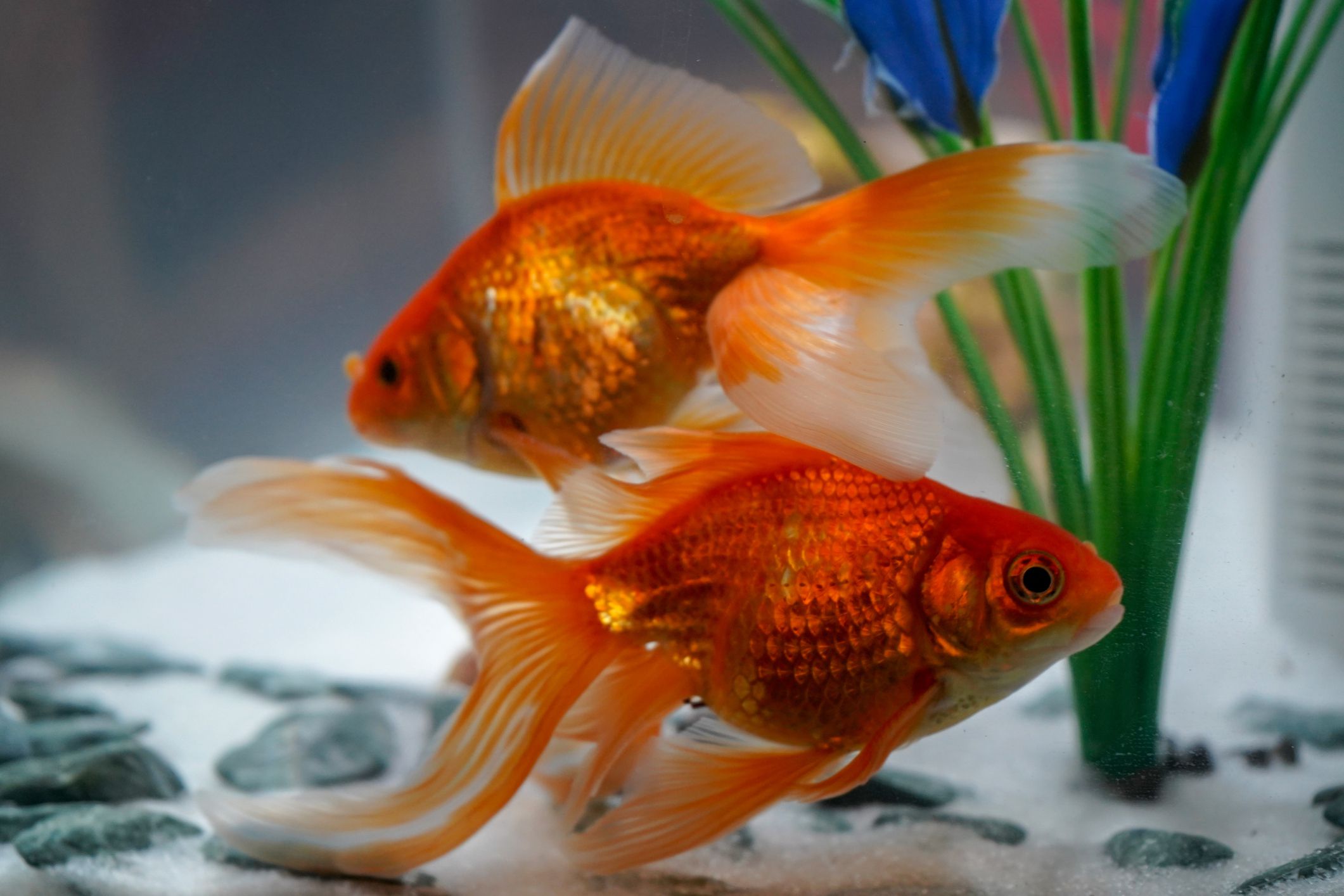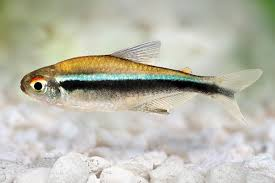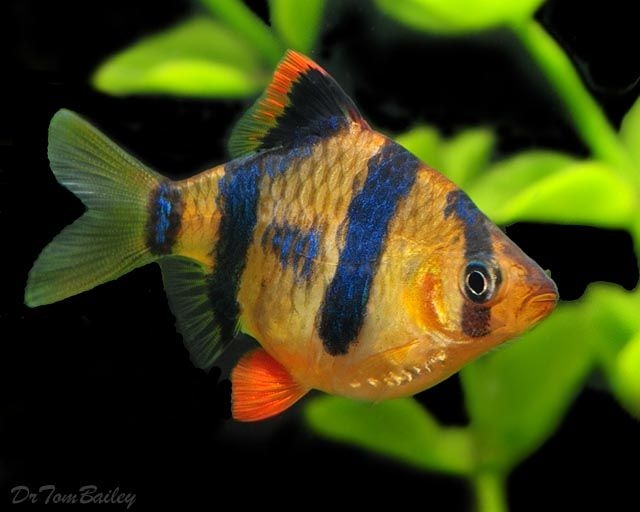Neon Tetra (Paracheirodon innesi) – Captive-Bred Specimens
The Neon Tetra is one of the most iconic and visually striking freshwater aquarium fish, known for its vibrant coloration, peaceful nature, and compatibility with community tanks. Originating from the clear and blackwater streams of the Amazon and Orinoco River basins in South America, these small, shoaling fish thrive in soft, acidic water and low-light environments.
Today, Neon Tetras are primarily captive-bred in professional facilities across the Far East and Eastern Europe. Several selectively bred varieties are available, including long-finned, golden (semi-albino), and diamond neon strains, each offering unique visual appeal.
Features & Advantages:
-
Vibrant Coloration: Distinctive neon blue stripe from nose to adipose fin and a bright red stripe from mid-body to tail create a striking red, white, and blue appearance.
-
Peaceful Temperament: Ideal for community tanks when kept with similarly sized, non-aggressive species such as rasboras, dwarf gouramis, corydoras, and small tetras.
-
Captive-Bred Varieties: Includes rare and selectively bred strains, such as the golden neon and diamond neon, providing more diversity for aquarists.
-
Shoaling Behavior: Best kept in groups of six or more, promoting natural behavior and reducing stress.
-
Small Size: Reaches a maximum adult length of approximately 3.5 cm (1.5 inches), making them suitable for nano and mid-sized aquariums.
-
Omnivorous Diet: Accepts a wide variety of foods, including fine flakes, micro pellets, live and frozen daphnia, brine shrimp, and bloodworms.
Care Requirements:
-
Tank Conditions: Requires a fully cycled, stable aquarium. Ideal water parameters include a pH below 7.0, soft water (≤10 dGH), and temperatures of 22–26°C.
-
Habitat: Prefers dim lighting with dense planting, driftwood, and dark substrate to mimic its natural blackwater environment.
-
Feeding Frequency: Feed 2–4 times daily in small quantities. Avoid overfeeding and promptly remove uneaten food to maintain water quality.
The Neon Tetra is an excellent choice for aquarists seeking a colorful, peaceful species that adds dynamic movement and visual appeal to any well-maintained freshwater setup.




Reviews
There are no reviews yet.